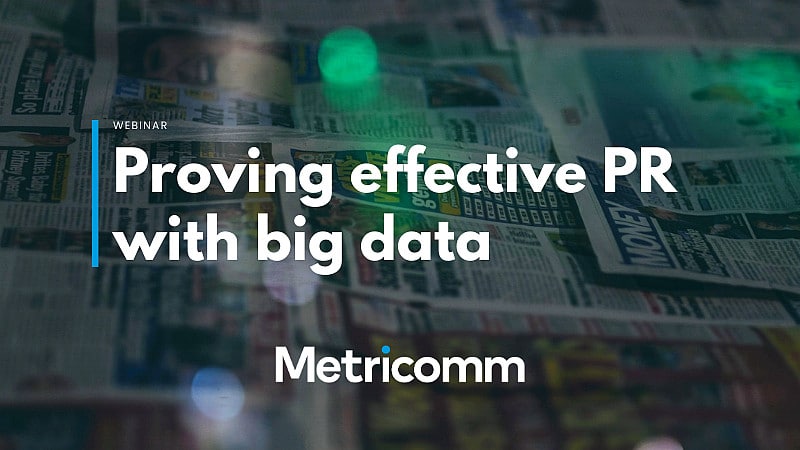Prolific North, in partnership with PR-focused data company Metricomm, hosted a webinar on Thursday July 2nd, to discuss the methods used in the PR sector to measure success and plan for campaigns.
The panellists discussed key issues in proving the true effectiveness of PR and how shifting from focusing on volume to using precise data can have more of a positive impact.
Karen Williams (pictured right) also explored analysis of car brands conducted by Metricomm by diving into the data and illustrating how it can be utilised to address whether PR is having an impact.
Speakers:
- Marianne Morgan, Director of Research and Analytics at Citypress
- Karen Williams, Director at Metricomm
Impact over volume
Historically, the process of measuring coverage used to be to “literally take out a ruler” and measure the size of newspaper coverage, said Marianne Morgan of Manchester agency Citypress (pictured left).
“It was deeply flawed,” she added, but said the PR industry now has more of a clear process in place and is heading towards being more data-driven.
Drawing on her experience as a board director of AMEC, the international association for the measurement and evaluation of communication, Morgan said in an ideal world PRs should be measuring three core elements – output, outtakes, and outcomes.
These elements cover how much coverage an organisation received, the audience reaction, and measuring the outcomes and evaluating any behaviour changes as a result of the communication, she explained.
The industry is struggling with a reliance on “vanity metrics” often focusing on the volume of coverage and counting factors such as impressions or reach on social media rather than the impact, added Karen Williams, Director at Metricomm.
She explained the PR industry also needs to focus on the impact it has on commercial outcomes as “fundamentally the reason why organisations need awareness and need reputation is so that they can make sales.”
One of the reasons communications organisations focus on vanity metrics is because they’re viewed as more attainable measures, explained Morgan.
On reporting the results of a campaign when it ends, it is important to assess the results to inform future programmes but this isn’t being done, she added.
Both panellists discussed their experiences with media lists and said it is “evolving” and no longer segregated into ‘tiers’ of media focused purely on circulation.
“You need to drill down into the data” in order to explore why coverage in a certain publication may achieve greater results, explained Williams, and look at factors such as whether it is driven by a local interest in the story or an influencer.
“That’s why it makes it really, really important to be able to access that data quickly and run the analysis and feed it into the team who are managing the activation so that they can draw conclusions from it,” she added.
She said defaulting to volume can give “misleading results” and even if it is in the brief, PRs need to find what engaged the audience as “that is really important and we need to start demanding that of our PR teams.”













